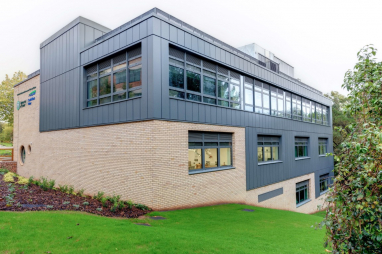- Jordan 10 Retro Light Smoke Grey310805-062 , 602 Release Date - Verse 555088 - Air Jordan 1 Origin Story Spider - IetpShops
- Nike Air Max Tailwind 4 Supreme White Red Authentic New
- air jordan outlet real
- 104 - Air Jordan 4 Laser Black kaufen kannst - Jordan Legacy 312 Storm Blue - AQ4160
- Latest Nike Air Max 97 Trainer Releases & Next Drops , Nike Air Jordan Retro I High OG Black Metallic Gold 2020 , IetpShops
- air jordan 1 retro high og university blue 555088 134
- kids air jordan
- all star air jordan 1 gotta shine
- air jordan 4 white tech grey black fire red ct8527 100 release date
- Miles Morales Shameik Moore Air Jordan 1 Spider Verse
- Home
- News and analysis
- Info hubs
- Events
- Video
- Case Studies
- About us
- Magazine
- Advertising
Produced for the industry by the Association for Consultancy and Engineering
Analysis
Interview: Cal Bailey – new business models needed to meet low carbon challenge

Infrastructure must embrace a new world of long term commitments and partnership across the supply chain to break out of the traditional wasteful business models and meet the tough challenges ahead, says NG Bailey sustainability director Cal Bailey.
The critical step must be “removing waste not quality” from the supply chain, he told delegates at the recent Anglian Water’s Carbon and Energy Leaders conference, pointing out that to meet tightening client budgets new models were vital.
Alignment of business objectives and collaboration right down the supply chain would, he said, ensure “the client gets the quality and price they want where compromises are not [made] at the expense of the contractor”.
Interview by Freya Bottom
You talk about the need for long term commitments rather than short term projects for industry – how does this affect business in practice?
As a general concept, the client wants to reduce costs. This was specifically relevant during the recession when bids were given by consultants even at a loss to maintain work. This resulted in a lack of objective and alignment of the parties involved which resulted in a reduced quality output to compromise the lack of funds. What I am trying to imagine is an industry where the client gets the quality and price they want where compromises are not at the expense of the contractor.
Where do you think these ‘compromises’ can be taken from?
In practice, there is a huge amount of waste [in the planning of infrastructure]. For example bidding is a waste from start to finish, driven by a view of good - and I’d argue actually poor - commercial practice. If we could remove a fraction of this waste and align the parties earlier to enable them all to be profitable and take waste not value out of the project then we would build a better project, make more money and have fun.
You say that off-site fabrication will reduce waste. Why do you think that is the case?
It begins by looking at building sites. They are hugely wasteful in lots of dimensions. Using more off-site fabrication would:
- Reduce waste material as waste materials in factories are recycled unlike onsite when they are likely to be thrown away;
- Deliver health and safety improvements - our aim is zero major accidents and a sharply reduced minor accidents;
- Reduce programme time since it is quicker to bring larger complete section to site than lots of smaller components;
- Reduce carbon as with less people needed on site there is less travel to work;
- Lower costs – it is a win-win for everyone – even for those who work on site who can now get jobs in factories.
As sustainability director at NG Bailey, how does you role help you to achieve this required change?
Most importantly, my role is trying to make sure that our business survives. Survives both in terms of a family business as we believe this to be highly beneficial and also as a business model.
How do you align your business with the evolving needs of clients?
Principally we are involved with buildings and the energy systems within them; so I look at ways to adapt our business to suit the changing technologies and needs of people. Furthermore, having a sense of environmental awareness, we want to reduce our impacts from a large impact to a fairly small negative impact, as no impact at all is impossible.
What does a successful industry look like to you?
People fulfilling their potential and purpose and of course when money is made.






Comments